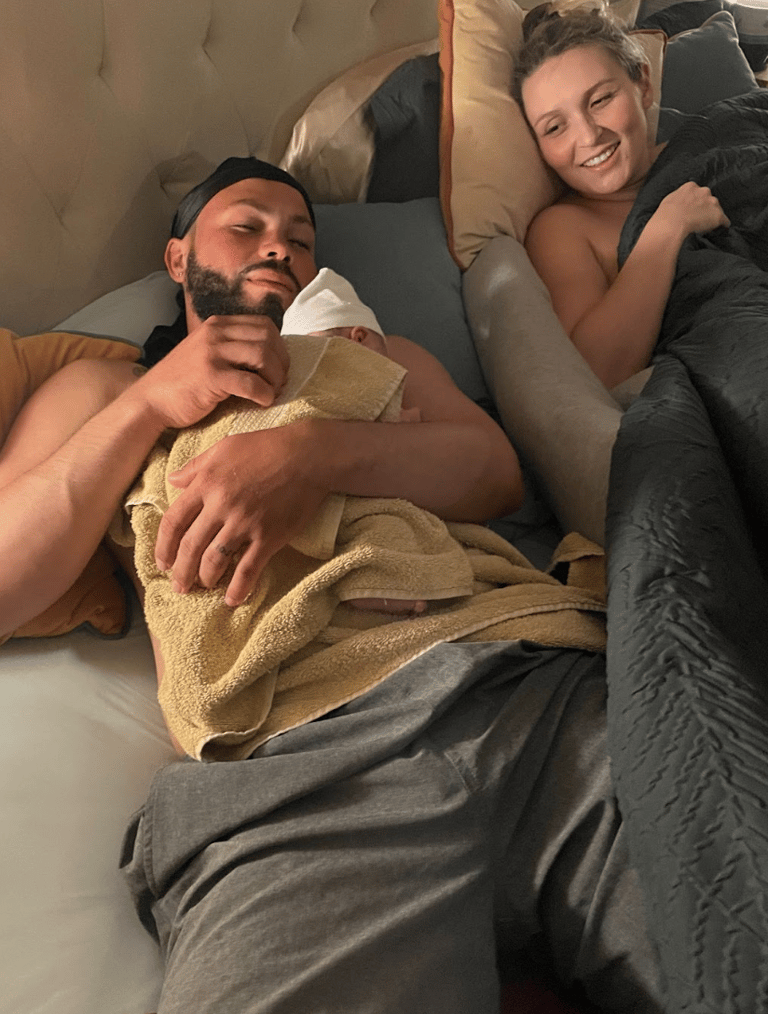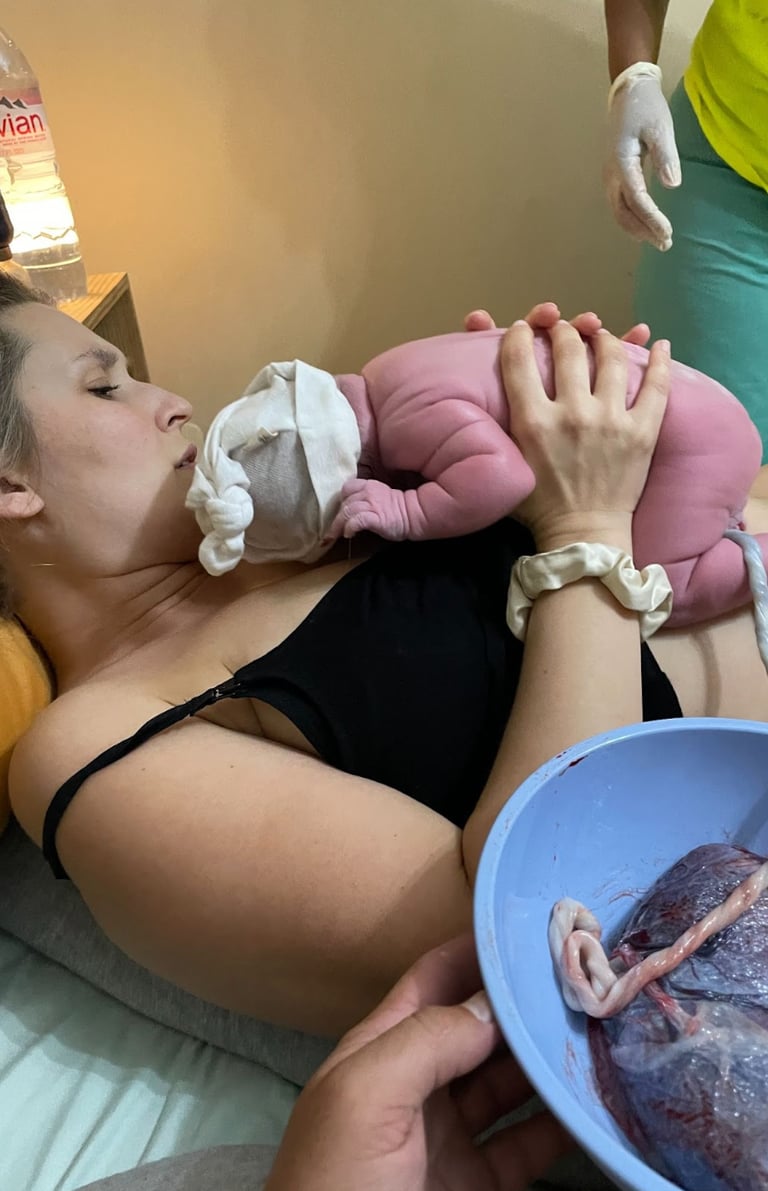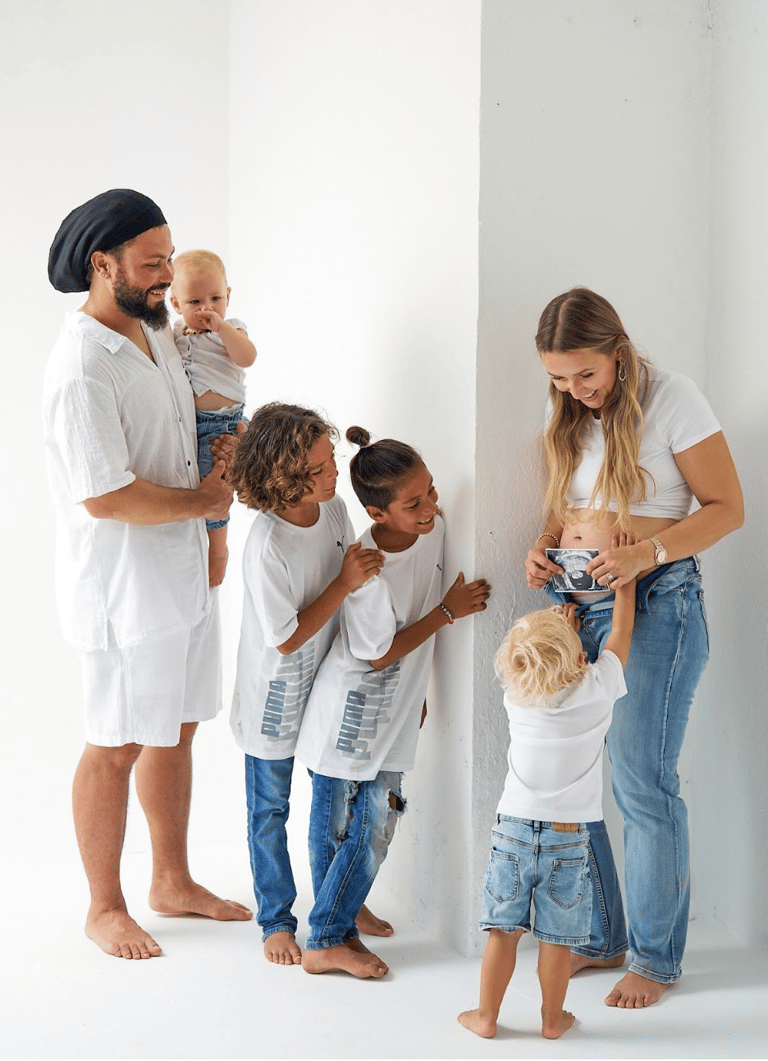IS HOME BIRTH LEGAL IN THE VIRGIN ISLANDS?
Your Guide to Home Birth in the US Virgin Islands
MOTHERHOOD
Jayda Bryan, BScN, RN, LCCE
9/24/2025


IS HOME BIRTH LEGAL IN THE VIRGIN ISLANDS?
Yes, home birth is legal here. This is the first question I hear most often, and it’s important to clear up right away. The bigger issue isn’t legality but access. We have only one licensed midwife living on St. Thomas (a Naturopathic Doctor), and OB/GYNs on island decline to attend or oversee home births. Certified Nurse Midwives (CNMs), who are trained in safe, low-intervention births, do not currently have autonomy to practice home birth in the Virgin Islands. This means that while home birth is possible, finding the right provider takes careful planning.
WHY FAMILIES CHOOSE HOME BIRTH
Home birth offers more than just convenience. Research consistently shows that for low-risk pregnancies, planned home births with licensed midwives are safe – if not safer – and associated with fewer medical interventions. A 2014 study in the Journal of Midwifery & Women’s Health found that women planning a home birth had five times lower rates of cesarean section compared to hospital births (Cheyney et al., 2014). Cesareans are not only costly but carry higher risks of infection, hemorrhage, and complications in future pregnancies as well as impact bonding, breastfeeding, and postpartum recovery.
At home, parents benefit from:
A family-centered environment where siblings can be present and bonding begins immediately
No unnecessary separation because parents are the first to hold the baby, instead of medical staff.
Immediate and uninterrupted skin-to-skin contact, which regulates newborn temperature, stabilizes heart rate and breathing, and boosts breastfeeding success (Moore et al., 2016)
The natural release of oxytocin when remaining in familiar surroundings. Oxytocin doesn’t just stimulate contractions; it also imprints bonding pathways in the brain. Research shows that oxytocin release during undisturbed birth has lifelong effects on maternal responsiveness and emotional regulation in children (Uvnäs-Moberg et al., 2019).
THE HIDDEN COST FACTORHospitals in the US spend billions on unnecessary interventions during birth. Cesarean deliveries, which account for nearly 1 in 3 births in the United States and an estimated `1 in 2 births in the VI, cost 50% more on average than vaginal deliveries (Truven Health Analytics, 2013). Home births, by contrast, average less than half the cost of hospital births and reduce the likelihood of costly complications.
A study published in Birth found that doula support alone saved health insurance companies $58.4 million annually by reducing preterm birth and cesarean rates (Kozhimannil et al., 2013).
For islands with limited hospital capacity, these savings aren’t just financial, they free up resources for emergencies and high-risk cases.
Hi, I’m Jayda Bryan — a mom of five, Lamaze-certified childbirth educator (LCCE), lactation support, registered nurse, and women’s health advocate from the Virgin Islands. I’ve been an AVM ambassador since 2023 and I’m passionate about helping families make informed choices about birth, postpartum, and maternal health.


MYTHS ABOUT HOME BIRTH
Even with the research, myths persist. Let’s clear up a few:
❌ “Home birth is illegal here.” → Truth: It is legal, though midwife access is limited.
❌ “Home birth is unsafe.” → Truth: For low-risk pregnancies with licensed midwives, outcomes are as safe as hospital births, with fewer interventions.
❌ “Home birth is more expensive.” → Truth: In reality, it costs less and saves insurance providers millions.
❌ “The paperwork is overwhelming.” → Truth: Birth certificates, Social Security, and passports can be filed after a home birth with proper guidance. I provide families with a step-by-step packet that I created for my daughter’s home birth.
❌ “You can only deliver at SRMC or JFL” → Truth: You can deliver safely at home, too.
THE POSTPARTUM DIFFERENCE
For me, the biggest reason to advocate for home birth is what happens after. Immediate, uninterrupted bonding at home sets the stage for secure attachment, lower postpartum depression rates, and stronger breastfeeding outcomes.
A Cochrane review found that babies held skin-to-skin after birth were 43% more likely to initiate successful breastfeeding within the first hour (Moore et al., 2016).
Parents often describe home birth not just as a safe choice but as the foundation for a healthier, more confident start to parenthood.
WHY ADVOCACY MATTERS
In the Virgin Islands, families face a unique set of barriers: only two hospitals across four islands, and limited midwife access. By expanding CNM autonomy; requiring insurance to cover midwives, doulas, and childbirth education; and legalizing more pathways to safe home birth, we can give families real choices and autonomy over those birth choices.
Without real options, women may turn to unlicensed or out-of-territory providers, which is riskier than simply allowing licensed CNMs to do the work they are trained to do.
You’ll only birth this baby once! Choosing a safe, supported, and empowering environment (whether at home or at the hospital) will affect not just your labor, but your bond with your baby, your recovery, and your family’s lifelong well-being.


References
Cheyney, M., et al. (2014). Outcomes of care for 16,924 planned home births in the United States: The Midwives Alliance of North America statistics project, 2004 to 2009. Journal of Midwifery & Women’s Health, 59(1), 17–27.
Kozhimannil, K. B., et al. (2013). Modeling the cost-effectiveness of doula care associated with reductions in preterm birth and cesarean delivery. Birth, 40(1), 56–64.
Moore, E. R., et al. (2016). Early skin-to-skin contact for mothers and their healthy newborn infants. Cochrane Database of Systematic Reviews, (11), CD003519.
Uvnäs-Moberg, K., et al. (2019). Maternal plasma oxytocin levels during childbirth — A systematic review. Frontiers in Psychology, 10, 2012.
Truven Health Analytics (2013). The Cost of Having a Baby in the United States
